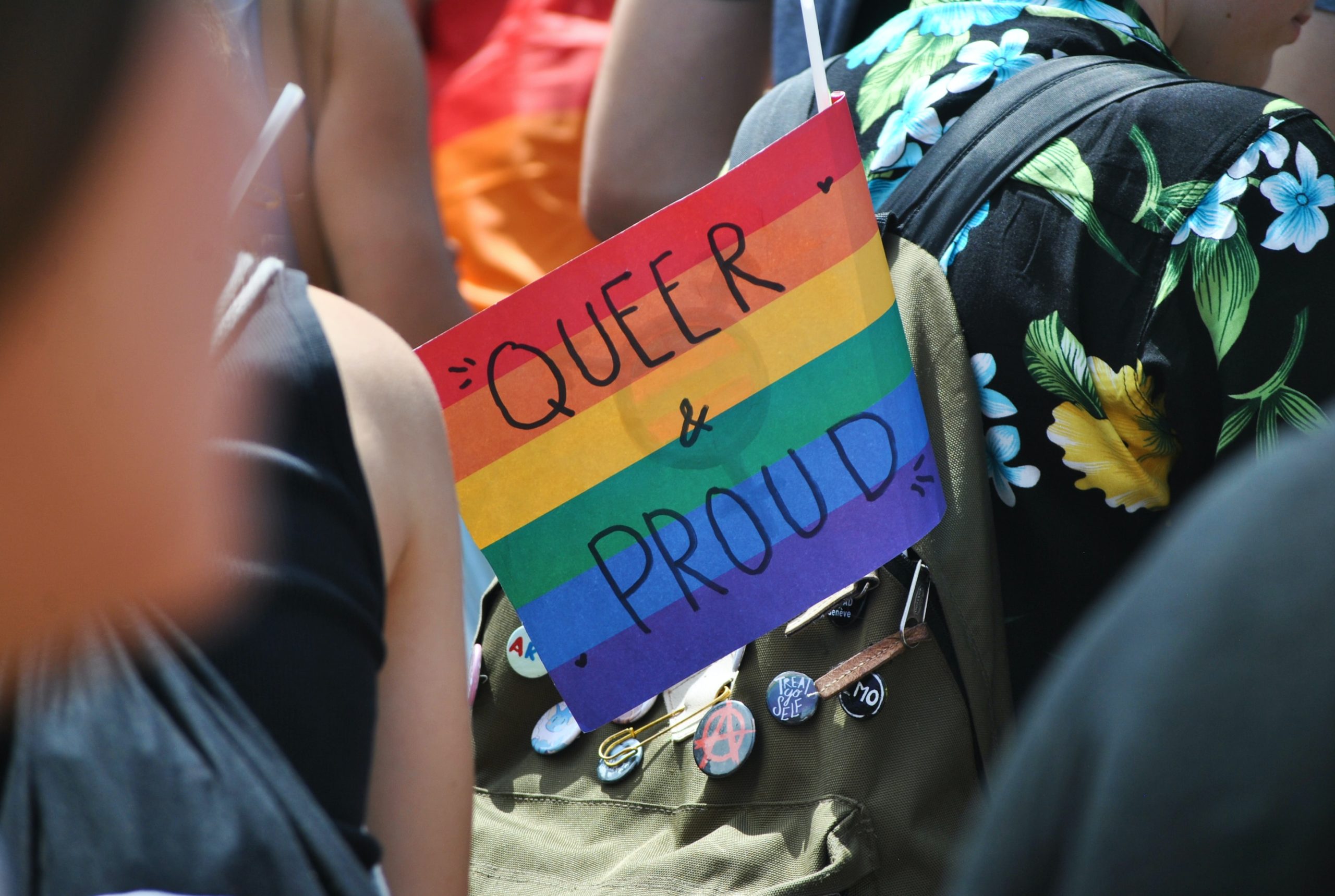
Lauren Dempsey, MS in Biomedicine and Law, RN, FISM News
[elfsight_social_share_buttons id=”1″]
LGBTQ+ self-identification among high school students has skyrocketed in recent years. According to a recently released report from the Centers for Disease Control and Prevention (CDC), nearly 1-in-4 teens identify as something other than heterosexual.
The Youth Risk Behavior Surveillance System (YRBSS) is a survey that includes 99 questions that measure the “health-related behaviors” of high school students across the United States. Typically, the CDC conducts the survey every other year.
The latest report used the survey data from 2021 and included more than 17,000 students from 152 schools across the country. The results show that less than 76% of high school students self-identified as heterosexual, while 12.2% identified as bisexual, 5.2% as questioning, 3.9% as other, 3.2% as gay or lesbian, and 1.8% said they didn’t understand the question.
Just two years earlier, the 2019 YRBSS survey found that nationwide, 84.4% of students self-identified as heterosexual, with just 2.5% identifying as gay or lesbian, 8.7% as bisexual, and 4.5% who answered that they were not sure of their sexual identity.
THE RAPID INCREASE
The most recent results found that about 1-in-4 high school students identifies as some form of LGBTQ+, jumping from 11% in 2015 to nearly 25% in 2021.
The report acknowledges that this increase may be due to survey changes.
“Increases in the percentage of LGBQ+ students in YRBSS 2021 might be a result of changes in question wording to include students identifying as questioning, ‘I am not sure about my sexual identity (questioning),’ or other, ‘I describe my sexual identity in some other way,” the survey authors wrote. However, those who answered that they were “questioning” only accounted for 5.2 of the total 13.5% increase in non-heterosexual self-identification.
The survey also found that 57% of high school students reported having no sexual contact in their lives, 34.6% had sexual contact with someone of the opposite sex, 6% had sexual contact with both sexes, and 2.4% had sexual contact with only the same sex. The survey from just two years earlier found that 47.6% had had no sexual contact, 45.4% of students had sexual contact with only the opposite sex, 4.8% with both sexes, and 2.2% with only the same sex.
HEALTH AND SAFETY IN COVID LOCKDOWNS
The survey monitors other youth health behaviors and conditions that contribute to the leading causes of death, disability, and other issues that adolescents are facing.
LGBTQ+ youth also reported that 1 in 10 did not go to school because of safety concerns, 1 in 4 experienced sexual violence, and 1 in 4 were bullied at school. Almost half of LGBQ+ students seriously considered attempting suicide at some point. According to the data, almost 1 in 4 actually tried to commit suicide and 3 in 4 reported persistent feelings of sadness or hopelessness.
Results also indicated that 37% of high school students experienced poor mental health during the pandemic and 44% of all respondents felt persistently sad or hopeless during the previous 12 months, which coincided with the COVID-19 pandemic.
Poor mental health among high school students correlated with experiencing racism and identifying as LGBTQ+. More than half of the students reported being emotionally abused by a parent or other adult in their home and 25% of students experienced hunger during the pandemic.
DISCONNECTED FROM PEERS AND WITNESSING VIOLENCE
The survey also included new questions on housing instability, exposure to community violence, mental health, and other factors affecting youth health.
According to the report, only 62% of students felt connected to others at school. That fact correlated with a lower prevalence of examined risk factors, including poor mental health, prescription opioid misuse, and missing school because of feeling unsafe. Findings on community violence revealed that overall 20% of students witnessed community violence and 3.5% admitted to carrying a gun.
According to the report authors, this survey is the best tool for identifying the leading causes of mortality and morbidity among high school students that lead to health problems as adults.
